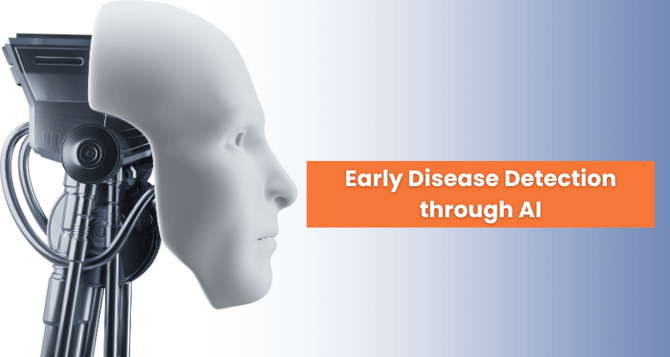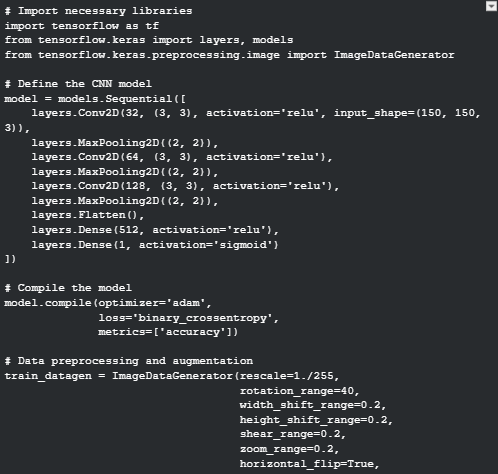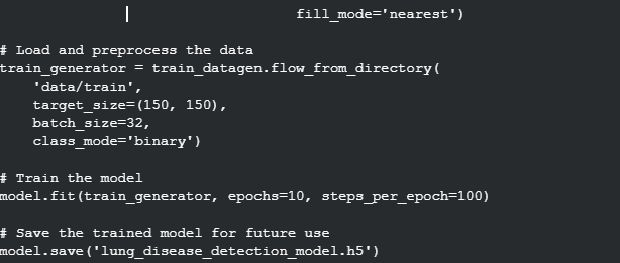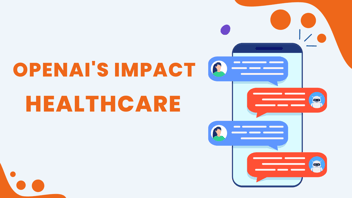Early Disease Detection through AI in Medical Imaging
Explore how AI-driven medical imaging is revolutionizing healthcare by enabling early disease detection. Discover the cutting-edge technology and its potential to identify health issues at their earliest stages for more effective treatment and improved patient outcomes.

Medical imaging plays a critical role in diagnosing and monitoring various diseases. Traditionally, radiologists interpret images such as X-rays, CT scans, and MRIs to identify anomalies and disorders. However, with the advent of Artificial Intelligence (AI) and Machine Learning (ML), it is now possible to automate the disease detection process, leading to faster and more accurate diagnoses.
This article will explore how OpenAI development and AI-powered medical imaging can aid in early disease detection, providing code snippets to help you get started with your AI-based medical imaging project.
The Role of AI in Medical Imaging
AI-powered medical imaging leverages deep learning techniques to analyze medical images and detect abnormalities. The process typically involves the following steps:
1. Data Collection:
Gather a large dataset of medical images with corresponding labels (indicating the presence or absence of a disease).
2. Data Preprocessing:
Clean, normalize, and augment the dataset to prepare it for training.
3. Model Development:
Build a deep learning model, often using Convolutional Neural Networks (CNNs), that can learn to recognize patterns in medical images.
4. Training:
Train the model on the labeled dataset to learn the relationship between image features and disease presence.
5. Evaluation:
Evaluate the model's performance using various metrics such as accuracy, sensitivity, and specificity.
6. Deployment:
Deploy the trained model in a clinical setting where it can assist radiologists in making diagnoses.
Code Snippets for Early Disease Detection
To start with AI-powered medical imaging, let's use Python and the TensorFlow library to create a simple example for detecting lung diseases in chest X-rays. We will use a small dataset for demonstration purposes.


In this code, we define and train a simple CNN model for lung disease detection using an augmented dataset. You can replace the dataset path and adapt the code for other medical imaging tasks.
Conclusion
AI-powered medical imaging has the potential to revolutionize healthcare by enabling early disease detection and improving diagnostic accuracy.
Empower Your Innovation Journey with AI
From startups to enterprises, our scalable AI solutions adapt to your business needs.
With the help of deep learning and readily available libraries like TensorFlow, you can create AI models to assist healthcare professionals in diagnosing diseases from medical images.
As you continue to explore this field, you can expand your models, work with larger datasets, and collaborate with medical experts to significantly impact patient care.













